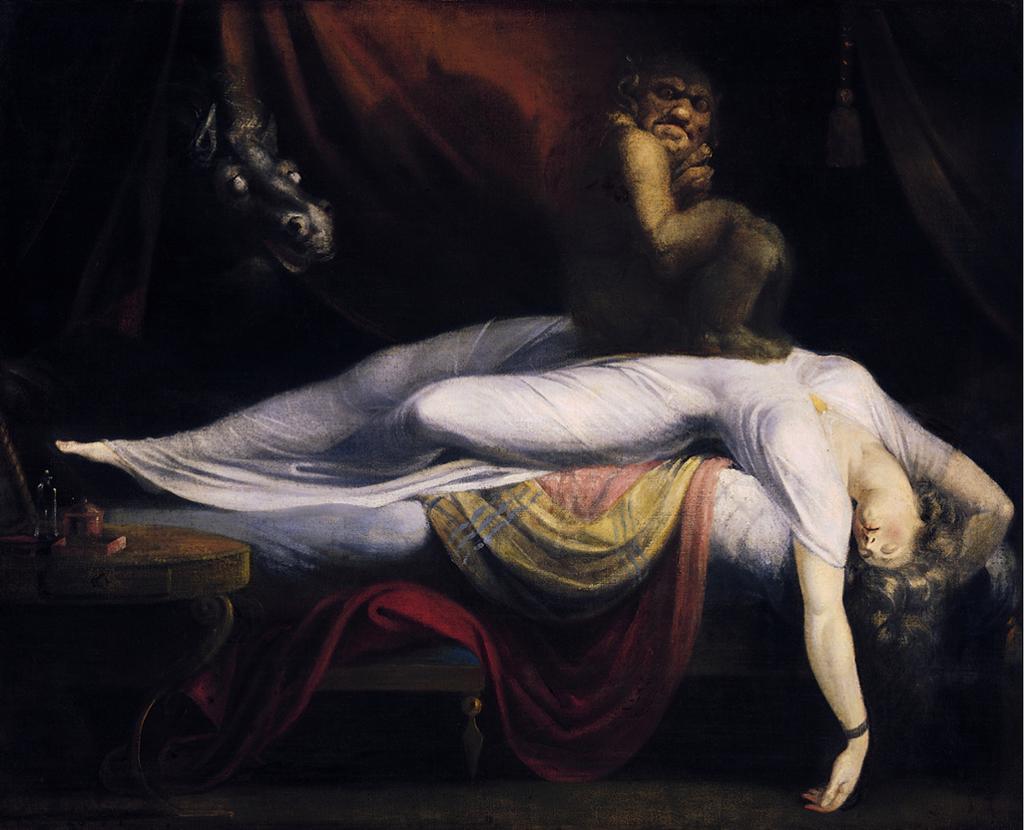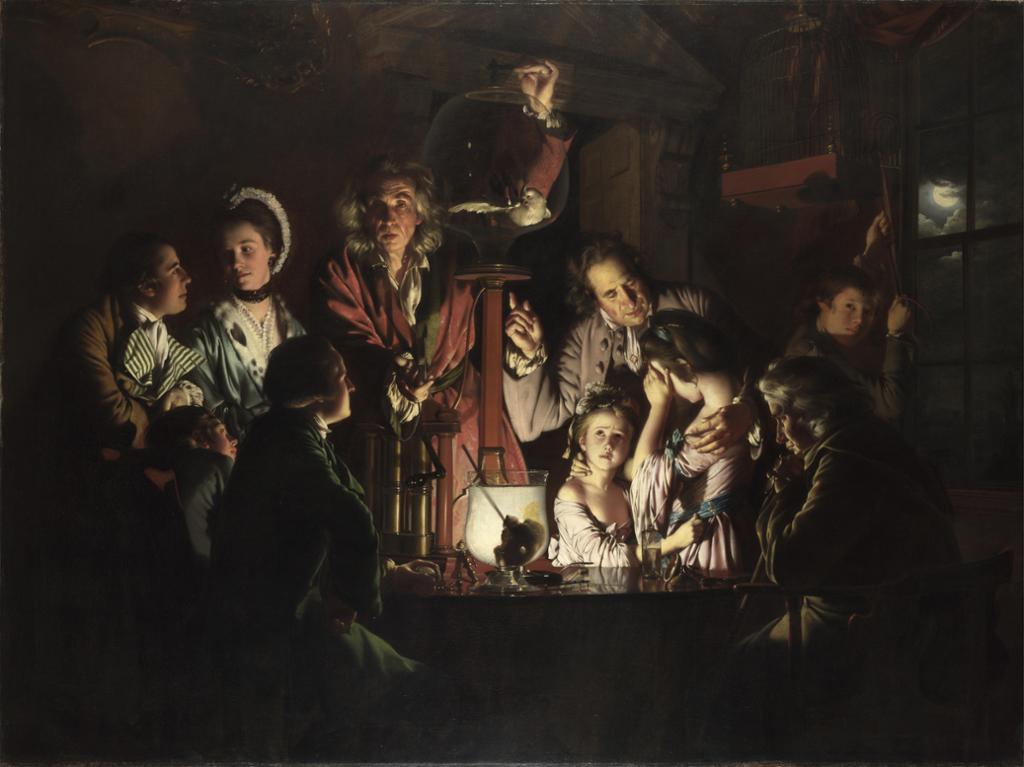Gothic Literature

The Enlightenment Period of the 17th and 18th centuries promoted the pursuit of knowledge and human advancement through critical reasoning and research. Everything, from God to the laws of nature, was placed under a magnifying glass. There was nothing that could not be questioned, anything could be explored, and technological advancements were achieved. In the mid-18th century, the Industrial Revolution began in Great Britain. Factory towns popped up all over the countryside, and the very fabric of society began to change.

The Romantic Period is regarded as a reaction to the Enlightenment Period, its philosophy, and the changes it brought about. During the Enlightenment Period, working for the common good was emphasised. During the Romantic Period, the focus was instead on individualism and subjectivity. The Enlightenment Period elevated the intellect, while the Romantic Period celebrated the imagination. People of the Enlightenment Period valued knowledge, while the Romantics praised beauty.

Gothic literature is usually considered an offshoot of the Romantic Period, taking the ideas and ideals of the time and twisting them to create dark and disturbing narratives. Gothic literature takes the reader into worlds where natural laws no longer dominate, where anything is possible, and where people’s pursuit of scientific knowledge often leads to tragedy and disaster. This shows us that Gothic literature is a reaction to, and to a certain extent a rejection of, the ideas of the Enlightenment Period.
Gothic Fiction is considered to have started with the publication of Horace Walpole’s novel The Castle of Otranto in 1764. Gothic literature got its name from the full title of the novel, which was The Castle of Otranto – a Gothic Story. Walpole was using the word 'Gothic' to mean something barbarous, or something deriving from the Middle Ages.
Early Gothic literature drew inspiration from medieval romance and Jacobean drama. The early Gothic novels explored topics such as philosophy, religion, and morality.
Clara Reeve set out to improve on Walpole's concept by introducing more realism into the narrative. The Old English Baron from 1778 is based on The Castle of Otranto but aims to make the story more believable, something critics at the time found ridiculous: How could there be a believable ghost story? Reeve had a strong influence on the genre, and many chose to follow in her footsteps and make the stories realistic.
Another author who influenced the genre early on was Ann Radcliffe, who took inspiration from Sentimentalist literature. Radcliffe focused on using description and imagery in her work, to influence the reader to picture the stories vividly. She is also credited with creating the brooding Gothic villain, who became a staple of many later Gothic works.
The plethora of Gothic stories written during the Romantic period resulted in many regarding the genre as dull and predictable. A number of parodies were published – the most famous of these is Jane Austen's novel Northanger Abbey.
Typical features of Gothic literature are family feuds, an unfamiliar setting such as a castle, virginal women who need to be saved, stormy weather, a frightening atmosphere, madness, passionate love, an evil villain, and a supernatural element such as a ghost or a monster.
Mary Shelley's novel Frankenstein was first published in 1818. The novel explored how a man's obsession with science and challenging the laws of nature became his downfall. From this point on, the dangers of man meddling with nature became a favourite topic for authors of Gothic literature.
It can be difficult to distinguish Gothic literature from the genres horror and fantasy, as these genres often overlap. What sets a Gothic novel apart is the focus on building an atmosphere of dread and suspense.
While the genre began with novels, Gothic literature later also included short stories and poetry, for example Washington Irving's short story Sleepy Hollow, E.T.A. Hoffman's short story The Sandman, and Edgar Allan Poe's poem The Raven.
In the Victorian Period, authors began to use more everyday settings, bringing horror and gore into surroundings that were close to the reader.
Dracula did have a Transylvanian castle, but he also walked the streets of Whitby. Dr Jekyll worked in a laboratory attached to his London home when he brought forth the terrifying Mr Hyde. Emily Brontë drew inspiration from the landscape outside her home in Yorkshire for the novel Wuthering Heights. Using more familiar settings contributed greatly to the genre's continued popularity.

The Gothic genre remains popular, though it has never again reached the dominance it achieved in the Romantic period. Works such as Daphne Du Maurier's Rebecca (1938), Something Wicked This Way Comes by Ray Bradbury (1962), Toni Morrison's Beloved (1987), and Wylding Hall by Elizabeth Hand (2016) show that the genre is far from limited to the 18th and 19th centuries.
If you want to get to know the genre better, you can read some of the classic works by visiting Project Gutenberg's webpage. Below, you will find links to some of the works mentioned in this article.
Link to Project Gutenberg's webpage: The Castle of Otranto by Horace Walpole
Link to Project Gutenberg's webpage: Frankenstein by Mary Shelley
Link to Project Gutenberg's webpage: Wuthering Heights by Emily Brontë
Link to Project Gutenberg's webpage: Dr Jekyll and Mr Hyde by Robert Louis Stevenson
Link to Project Gutenberg's webpage: Dracula by Bram Stoker
Relatert innhold
Tasks related to the article about Gothic Literature.